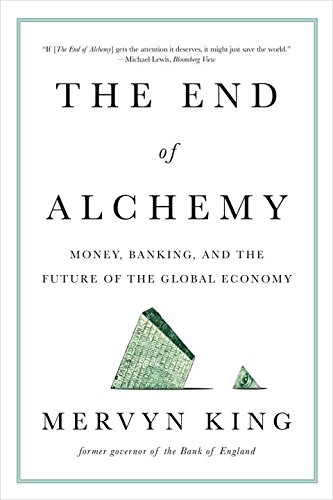Amy Goldstein’s Janesville: An American Story is one of the books on the Financial Times business book of the year shortlist & I have quite enjoyed reading it. It consists of reportage over several years (2008-2013) of a small Wisconsin town whose prosperity had long depended on the well-paying jobs provided by a General Motors plant and its suppliers. When the GM plant is mothballed and later permanently closed, the economic fortunes of the town and its families spiral down. As people use up their unemployment benefits and savings, or scrape by with low-paid service sector jobs, families that were solidly middle class find they need to rely on charitable food handouts, or supplies a teacher at school collects for the kids – shampoo, jeans.
The portraits of the individuals are mainly sympathetic – perhaps least so the Republican-supporting bank manager, although the results of her role as a cheerleader for Janesville’s economic future without GM are acknowledged. It is always a shock to a Briton to be reminded that people in the US with no job have no access to healthcare, and that private philanthropy has to fulfil (inadequately) the role the welfare state plays here. The American healthcare debate is, like the gun control debate, absolutely unfathomable to Europeans. There are some interesting insights into the reasons what support there is for retraining fails to achieve its aims – bureaucratic constraints on access to funding and how it’s used. It was also a surprise to learn that the ex-auto workers who had opted for retraining were doing less well, five years later, than those who had just taken the first job they could find and stayed in the labour market. All in all, it’s a sobering tale of the heart being wrenched out of a company town.
Having said all this, I thought the book was less compelling than George Packer’s The Unwinding. The Janesville tales are not set in a wider context of progressive deindustrialisation and the prospects of automation. Janesville is also silent on race, and I can’t decode the names. Unless it’s an all-white town – surely not? – this must be one of the relevant aspects of how families cope after an economic shock? Or subsequent American politics? There was also less insight into family finance than in the recent detailed study of income uncertainty and its corrosive effects in The Financial Diaries: How Americans Cope in a World of Uncertainty, or in Lisa Servon’s The Unbanking of America: How the New Middle Class Survives. (I haven’t read Hillbilly Elegy – should I?)
This shouldn’t put off readers as Janesville is worthwhile, but I’d be slightly surprised if it emerges the winner of the FT prize.
[amazon_link asins=’1501102230′ template=’ProductAd’ store=’enlighteconom-21′ marketplace=’UK’ link_id=’894e5fea-af62-11e7-8498-ad05f7ea1f31′]
[amazon_link asins=’B00XV5RM66′ template=’ProductAd’ store=’enlighteconom-21′ marketplace=’UK’ link_id=’93f93d65-af62-11e7-ace3-37220cba6b46′] [amazon_link asins=’0691172986′ template=’ProductAd’ store=’enlighteconom-21′ marketplace=’UK’ link_id=’9e4a8938-af62-11e7-afd7-3fe1aa8d09da’][amazon_link asins=’0544602315′ template=’ProductAd’ store=’enlighteconom-21′ marketplace=’UK’ link_id=’a6af9551-af62-11e7-9fcd-c798cd14b94f’]


